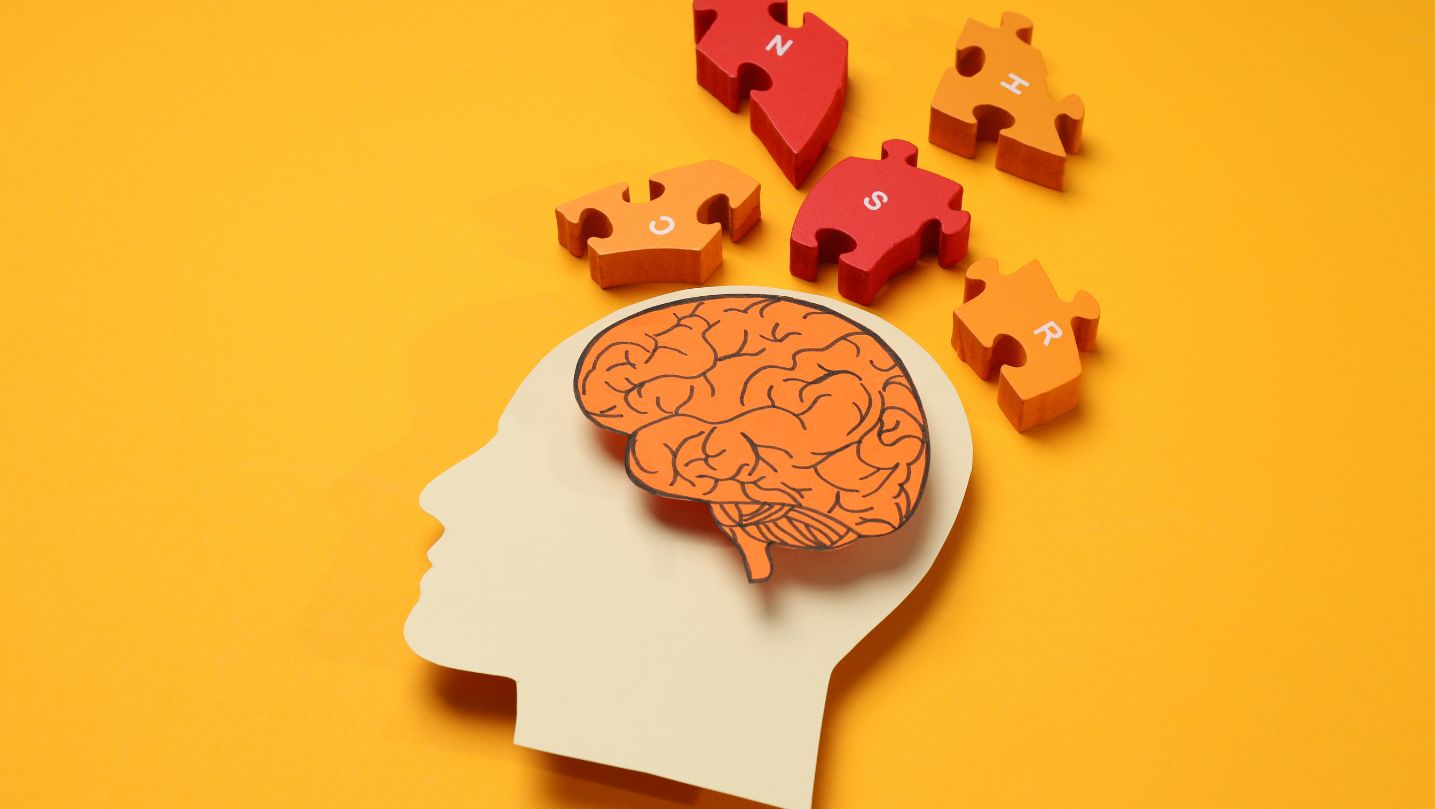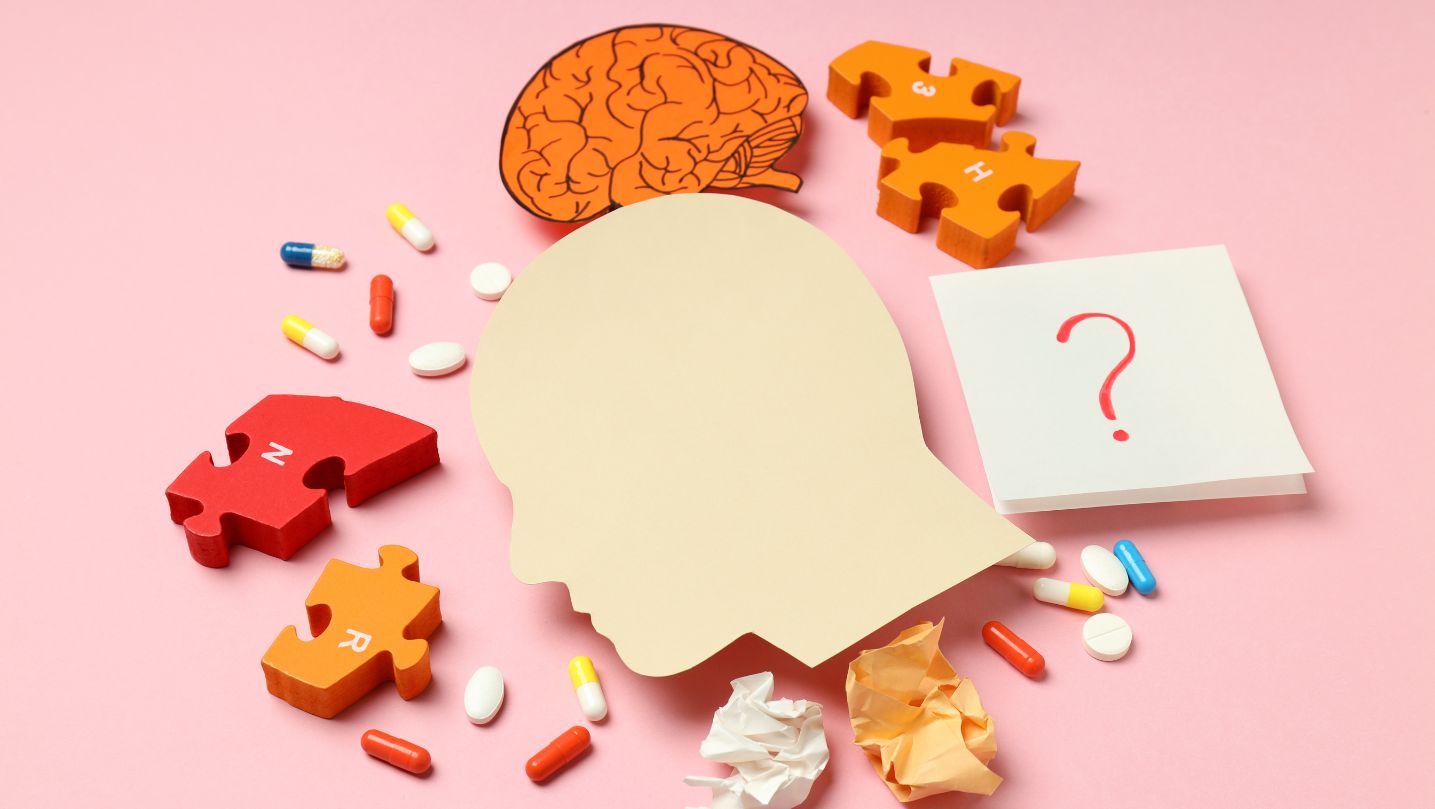Post-Traumatic Stress Disorder (PTSD) is a mental health condition that develops in some individuals after experiencing or witnessing traumatic events. While the emotional and psychological symptoms of PTSD are widely recognized, the condition also has profound effects on the brain. Advances in neuroscience have provided deeper insights into how trauma changes brain structure and function, helping us understand the biological underpinnings of PTSD.
This article explores the neuroscience of PTSD, examining how trauma impacts critical brain regions and how these changes contribute to the symptoms of the disorder.
What Happens in the Brain During Trauma?
When a person encounters a traumatic event, their brain’s survival mechanisms activate. This involves the release of stress hormones like adrenaline and cortisol, preparing the body to respond to danger through the “fight, flight, or freeze” response.
In most cases, these responses diminish once the danger passes. However, for individuals with PTSD, the brain remains in a heightened state of alert, leading to long-term changes in brain function and structure.
Key Brain Regions Affected by PTSD
1. The Amygdala: The Brain’s Alarm System
The amygdala is a small, almond-shaped structure in the brain responsible for processing emotions, particularly fear and threats.
How Trauma Affects the Amygdala:
– In people with PTSD, the amygdala becomes hyperactive, meaning it overreacts to perceived threats, even in safe environments.
– This hyperactivity contributes to symptoms like:
– Hypervigilance: Constantly feeling on edge.
– Exaggerated Startle Response: Overreacting to loud noises or sudden movements.
Research Insight:
A study published in the Journal of Neuroscience found that individuals with PTSD had a 40% increase in amygdala activity compared to those without the condition.
2. The Prefrontal Cortex: The Brain’s Rational Thinker
The prefrontal cortex, located in the front of the brain, is responsible for decision-making, impulse control, and regulating emotions. It helps the brain assess whether a situation is truly dangerous.
How Trauma Affects the Prefrontal Cortex:
– In PTSD, the prefrontal cortex becomes underactive, making it harder to control emotional responses.
– This imbalance between the prefrontal cortex and the amygdala creates a cycle where fear responses dominate, even in non-threatening situations.
Real-Life Impact:
This underactivity can explain why individuals with PTSD struggle with:
– Emotional regulation: Difficulty calming down after being triggered.
– Impulsivity: Acting out in moments of stress.
3. The Hippocampus: The Brain’s Memory Keeper
The hippocampus, located in the temporal lobe, plays a crucial role in memory formation and distinguishing between past and present experiences.
How Trauma Affects the Hippocampus:
– In individuals with PTSD, the hippocampus often shrinks due to prolonged exposure to stress hormones like cortisol.

– This shrinkage affects the brain’s ability to:
– Differentiate between real danger and memories of trauma.
– Form accurate memories, leading to flashbacks and intrusive thoughts.
Statistics:
MRI studies have shown that the hippocampus is 8-10% smaller in people with PTSD compared to those without the condition (*American Journal of Psychiatry*).
The Role of Stress Hormones in PTSD
Cortisol: The Body’s Stress Regulator
Cortisol is a hormone released during stress to help the body cope with danger. However, in PTSD:
– Cortisol levels can become dysregulated, either too high or too low, impairing the brain’s ability to recover from stress.
Neuroinflammation
Chronic stress and elevated cortisol can lead to **neuroinflammation**, a condition where the brain’s immune system becomes overactive. This inflammation damages neurons, particularly in the hippocampus and prefrontal cortex, exacerbating PTSD symptoms.
How These Changes Contribute to PTSD Symptoms
The interplay between the amygdala, prefrontal cortex, and hippocampus explains many of PTSD’s hallmark symptoms:
1. Intrusive Thoughts and Flashbacks
– Hyperactivity in the amygdala and reduced hippocampal function cause traumatic memories to resurface uncontrollably.
2. Avoidance Behavior
– The underactive prefrontal cortex makes it difficult to rationalize fears, leading individuals to avoid anything that reminds them of the trauma.
3. Emotional Dysregulation
– An overactive amygdala combined with a weakened prefrontal cortex results in heightened emotional responses like anger or sadness.
4. Hyperarousal and Sleep Disturbances
– The brain remains stuck in “alert mode,” causing insomnia, nightmares, and sensitivity to stimuli.
Can the Brain Heal from PTSD?
The good news is that the brain’s neuroplasticity—the ability to adapt and form new neural connections—means recovery from PTSD is possible with the right treatment.
Effective Treatments for Rewiring the Brain
1. Trauma-Focused Cognitive Behavioral Therapy (CBT)
– CBT helps individuals reframe negative thoughts and reduce the amygdala’s overreaction to triggers.
2. Eye Movement Desensitization and Reprocessing (EMDR)
– EMDR uses guided eye movements to help the brain process traumatic memories more effectively.
3. Medications
– Selective Serotonin Reuptake Inhibitors (SSRIs) can help balance brain chemistry, reducing anxiety and depression.
4. Mindfulness and Meditation
– Studies show that mindfulness practices reduce amygdala activity and improve prefrontal cortex function.
Example:

A 2020 study in Frontiers in Psychology found that 8 weeks of mindfulness meditation led to a 15% decrease in amygdala reactivity among individuals with PTSD.
The Importance of Early Intervention
Addressing PTSD early can prevent long-term damage to the brain and improve quality of life. Signs that someone may need help include:
– Persistent flashbacks or nightmares.
– Difficulty regulating emotions.
– Avoidance of social interactions or reminders of trauma.
Seeking professional help is a vital step toward recovery, as therapy and lifestyle changes can effectively reverse many of the brain’s changes caused by trauma.
Conclusion
PTSD is not just a psychological condition—it’s a neurological one that changes the brain’s structure and function. Understanding the roles of the amygdala, prefrontal cortex, and hippocampus helps shed light on why PTSD symptoms occur and how they can be treated.
With advances in neuroscience, we now have more effective tools to help individuals heal and regain control over their lives. By recognizing the biological impact of trauma, we can foster empathy and support for those living with PTSD.

